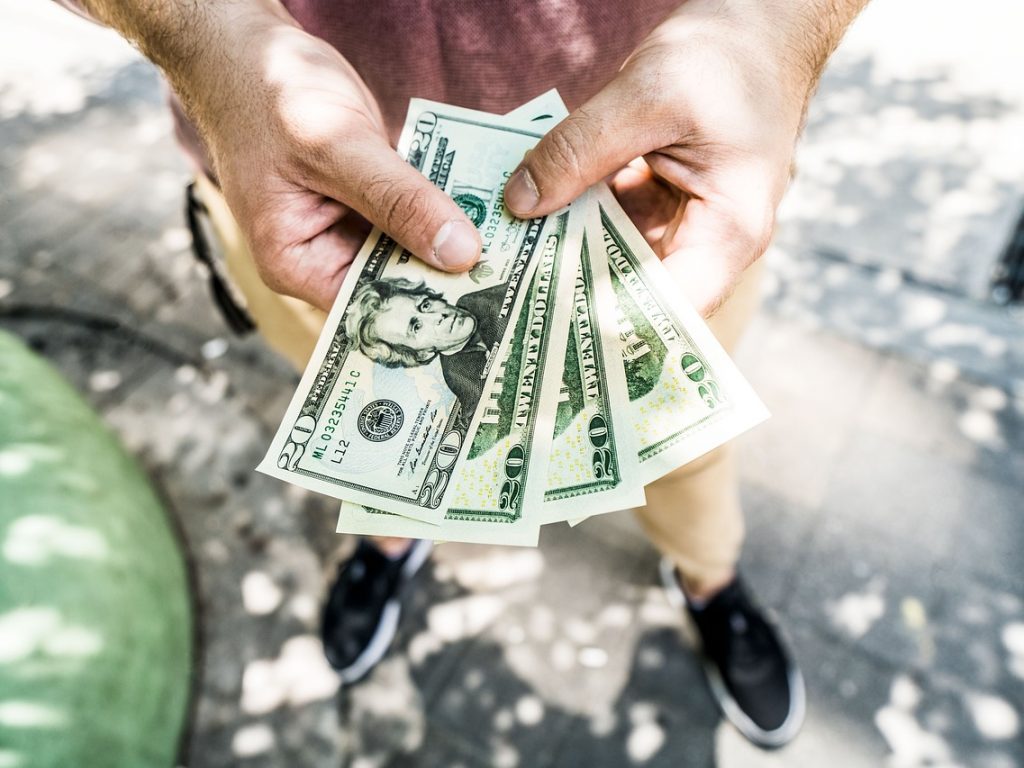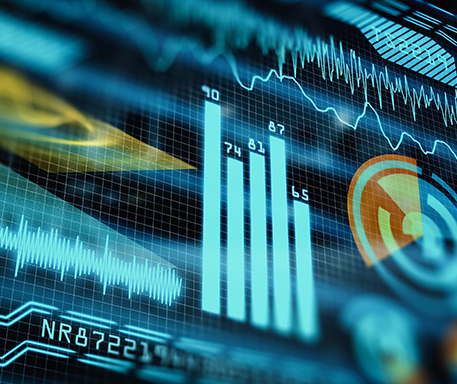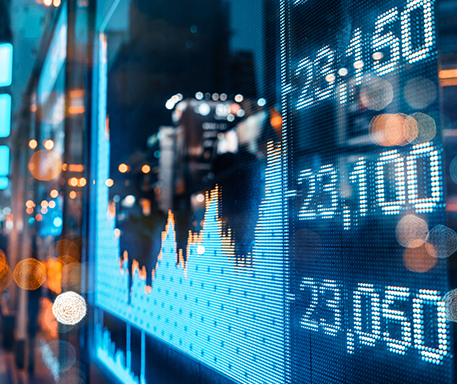Source: https://www.paymentsdive.com/news/how-cash-plays-into-a-cbdc-future/610380/?utm_source=Sailthru
Cash use in the U.S. has been on the decline for years, but some lawmakers want to preserve it as a payment option for the underbanked. A digital dollar might achieve those goals too.
The Federal Reserve Board may be mulling a digital dollar, but U.S. Rep. Donald Payne Jr. has cash on his mind.
He was so concerned about stores not accepting cash that he introduced the Payment Choice Act to preserve the right of Americans to pay in cash and to bar merchants from rejecting it. He first introduced the bill in 2019 and reintroduced it this past July.
“There is kind of an attack on American currency right now,” he said in an interview this month. “It kind of looks like a move toward a cashless society, but this move would really prevent a lot of Americans from buying necessities like food and medicine.”
Payne, a Democrat from New Jersey, says he’s concerned about the purchasing power of 55 million Americans who don’t have a bank account or credit card, many of whom are minorities, elderly and disabled.
“We can’t reject their needs because they don’t have a credit card or Apple Pay,” he said. “I thought it was very important to defend these folks.”
The mantra that ‘cash is king’ is wearing thin these days as digital tools, like contactless credit cards and mobile apps, further erode the supremacy of paper currency worldwide and cryptocurrencies become a tantalizing option for investment. With promises of faster, cheaper and more convenient ways to pay, the digital alternatives, now including central bank digital currencies, are tempting governments, businesses and consumers to replace paper standbys.
Nowhere is that more evident than in Washington, D.C., where deliberations over a central bank digital currency are getting complicated. Federal Reserve Chairman Jerome Powell promised a “white paper” to kick off the discussion of a U.S. digital dollar, but that report is months overdue and his Fed board colleagues are divided on the issue. Meanwhile, the competitive threat of China’s new cyber Yuan, introduced earlier this year, overshadows the idea.
Dialogue on the future of the country’s payment system is likely to get dicier as cash concerns like those of Payne press up against tech pressures like those bearing down on Powell. The stakes are high for established financial players, such as banks, that stand to lose if the current payment system is upended, as they are for a swarm of venture-backed fintechs seeking to drive the disruption.
U.S. payment system state of play
The use of cash in the U.S. has been declining since 2016, and is expected to continue on that course, with the exception of an uptick this year, and possibly next year, as the U.S. economy reopens following the deadly COVID-19 pandemic.
Cash use in the U.S. has stagnated as card use, including via mobile apps, has continued to climb.
On average, U.S. consumer cash spending edged down 5% annually between 2016 and 2019, and then it plummeted about 24% last year after the pandemic cut overall spending and drove up contactless methods, according to reports from consulting firm McKinsey. The firm forecasts a 6% decrease annually through 2025 as the use of digital wallets with embedded credit cards, prepaid debit cards and other electronic payment types, such as automated clearing house (ACH) transfers, continues to rise.
When it comes to generational preferences, cash use has been consistently higher in the U.S. among both a younger set of individuals, between the ages of 18 and 24, and among those over 55, according to a Fed report on cash in May. The group in the middle, those between the ages of 25 to 54, tend to use cash less, the report said.
A big shift arrived last year though when the youngest cohort fell away from cash use, perhaps indicating their growing adoption of digital alternatives amid the pandemic.
Consumers of all ages in the U.S. have been reducing their reliance on cash in recent years, but starker declines were seen for younger consumers.
Philip Bruno, a co-leader of McKinsey’s global payments practice, said affluent segments of the U.S. population have turned to electronic alternatives more readily, only using cash for less than 10% of their transactions. Meanwhile, low-income and unbanked parts of the population still use cash for as much as 40% of their spending, he said. That’s a key reason why cash persists in the U.S., he explained.
While lower-income segments of the U.S. population were increasing their use of cash in recent years, or persisting in their use of it, the more affluent segments have been cutting their cash use.

That’s in keeping with Federal Reserve data that shows cash being used mainly for small payments under $25 and for in-person payments. But after reports that the coronavirus might be transferred by touching tainted surfaces, including money, the use of cash for in-person payments plunged to 28% of transactions, from a historical 35%, the Fed report said. That was despite reports later in the year that found only limited transmission of the virus on surfaces.
Covid’s impact on cash use
“While fewer consumers made in-person payments (during the pandemic), those that did experienced a greater share of requests by merchants to not use cash,” according to the Fed report. “Approximately 45 percent of those who shopped in person reported that merchants encouraged consumers to avoid using cash at least some of the time.”
Perhaps more importantly, as consumers holed up at home to avoid contracting the deadly virus, they took to the internet to do their shopping. That e-commerce binge relied almost exclusively on non-cash payments.
Cash and coins held by consumers in their purses and wallets as well as at home and in cars increased during the pandemic and remained elevated at least through April of this year, according to a Fed survey. As consumers socked away their cash and coins, shortages for some merchants appeared, like the lack of quarters at laundromats. All of which led the Treasury Department to pump more currency into circulation.
While small merchants, like the local salon or book store, have encouraged customers for years to pay in cash so the businesses could avoid fees charged by credit and debit card companies, such as Visa and Mastercard, and by other intermediaries, the pandemic’s contagion prompted many businesses to go all-in on touchless payments.
That shift is part of what perturbed policymakers like Payne. He cited an 80-year-old woman in Fresno, California, who faced a no-cash policy last year when she tried to buy groceries and was forced to leave them behind because she couldn’t use legal tender.
“There’s been a concern in minority areas and underserved communities that there’s a problem,” Payne said.
Cities ban cashless establishments
It was an issue before the pandemic too. Since 2019, some cities and states have been passing laws to stop businesses from banning cash as local officials agonize over cards and mobile wallets encroaching on consumers’ payment options.
Washington, DC’s city council unanimously passed the Cashless Retailers Prohibition Amendment Act in 2019 to stop merchants from banning cash, and it took effect last year just as the pandemic arrived. Philadelphia passed a similar law the same year and as did San Francisco. New York enacted one last year, imposing a $1,000 fine for a first violation and $1,500 for subsequent infractions.
In a report about the new law in Philadelphia, radio broadcaster NPR recounted how one construction worker turned to using cash after closing his bank account because he had a zero balance too frequently. Such moves can protect consumers from bank fees, as well as cyber risks tied to traditional financial services.
New Jersey also joined the wave of governments outlawing cash-free establishments in 2019, decades after Massachusetts first outlawed it in 1978. Colorado passed a similar law this year.
“There is a certain segment of the population for whom cash is the preferred payment method, said Sarah Grotta, a director at payments consultant Mercator Advisory Group. “We’ve found in some of our surveys that those who use cash are using it because they feel it’s more safe,” she said. “We used to think of cash as less safe, but consumers who have faced account takeovers or card fraud are sort of rethinking that.”
Payne has some of the same concerns. He said he’s also worried about Americans’ exposure to companies mining sensitive personal data and other cyber risks for consumers. “People who pay in cash never have to worry about a hacker stealing their data or their identity,” he said.
Those are issues of importance to Payne’s Republican colleagues too, and he has attracted support from them among 37 co-sponsors of his bill.
Digital dollar deliberations
Meanwhile, there is a growing affinity in the U.S., as elsewhere, for cryptocurrencies, which go beyond electronic payments doled out in a local currency, to offer an entirely new currency. Bitcoin has been the most successful among hundreds of cryptos, which had a collective global value of nearly $3 trillion earlier this month.
Many countries are experimenting with creating their own central bank digital currency, a digital version of a country’s fiat currency, backed by the government. It’s a type of stablecoin when it’s tied directly to the value of a country’s currency.
Federal officials are paying attention, but haven’t committed to creating a CBDC. Some believe that by tapping the technology, the U.S. could potentially also address concerns about unbanked segments of the population.
“Regulators in countries with dramatic reductions in cash usage are preparing strategies to ensure continued availability of central bank currency and access to resilient and free payments systems for all — including the un- and underbanked,” McKinsey said in its annual report on payments this year. “The situation is driving heightened interest in central bank digital currencies.”
In a May speech at the Consensus by CoinDesk conference in Washington, Fed Governor Lael Brainard suggested that a CBDC could create a more inclusive financial system, giving more consumers a digital option. A Federal Reserve Bank of Cleveland initiative “will identify CBDC design features and delivery approaches focused on expanding access to individuals who do not currently use traditional financial services,” she said.
Still, the CBDC discussions underscore the increasingly politicized nature of payments. The Fed’s promised ‘white paper’ on the possibility of a CBDC was postponed as Brainard emerged as a candidate for Powell’s post and as other federal agencies showed interest in the topic. Now that Pres. Biden has said he plans to tap Powell for another term, and nominate Brainard as his vice chair, the CBDC discussions are likely to speed up.
International backdrop
Behind those domestic machinations is a concern about keeping the U.S. payment system in a leading international role. Certain parts of the world, such as the Nordic countries and Canada, have been moving toward cashless payment systems for years, with mixed results. Others, such as Saudi Arabia, are trying to speed up their move away from cash.
Cashless payment systems tend to be faster and more efficient. Inefficient systems are more expensive for those who use them, said Jim Angel, an associate professor at Georgetown University’s McDonough School of Business who was a member of the Fed’s Faster Payments Task Force. “A slow payment system imposes a tax on everyone,” he said in an interview.
Some 87 countries, representing about 90% of the world’s gross domestic product, are considering creating CBDCs, according to the think tankAtlantic Council Research. That includes the U.S. among 39 “researching” the possibility.
Others have advanced further, with seven countries that have launched a CBDC, such as Nigeria; 16 that are piloting the use of a CBDC, including China, Sweden and Saudi Arabia; and 15 that have them in development, such as Australia, Russia, Canada and Japan.
In a report this week, a Bank of England official said that adopting a CBDCis the natural follow-on to the decline of cash. “These technological developments won’t stop just because we don’t provide a CBDC,” that central bank’s deputy governor, Jon Cunliffe, said in a podcast, according to report from Bloomberg. “Cash is going to disappear, and the question is going to be what role can a CBDC play.”
While some countries may have ulterior motives for rolling out the technology, such as tracking their citizens’ activities, they’re creating systems that could be more efficient than the U.S. payments system, and some day contribute to an erosion of the U.S. dollar as the world’s reserve currency.
The dollar’s “value is very stable,” Angel explained. “It is freely convertible and widely accepted the world over. Plus, the U.S. has a 250-year track record. Dollar bills from the 19th century are still legal tender today.”
That standing could change if the U.S. payment system is seen as inefficient, Angel said. “The world uses the dollar, not because they like us, but because it is useful,” he explained.
How does U.S. cash use compare?
The U.S. sits in the middle of the pack with respect to cash use compared to 11 developed countries. Relative to its super-power rival China, the U.S. could be viewed as lagging in technological advances and not just because China was a first-mover with its CBDC.
The U.S. showed less cash use by consumers than those in a random sample of 11 other industrialized nations, though it was in the middle of the pack for paper-based payments when checks are included.
The U.S. used cash for 11% of transaction value last year, compared to 17% for China, but the U.S. dependence on paper becomes clear if checks are included, jacking up the combined cash-check percentage to 18%.
Both countries rely heavily on card networks for their transactions, but China has more rapidly embraced mobile technology, with merchants often expecting mobile payment. Meanwhile, American consumers and businesses still depend heavily on physical cards. China essentially leap-frogged the card era.
“Effectively, they’ve skipped a step and gone straight to mobile,” said Mark Schultz, global head of business payments for Sydney-based research firm Rfi Group.
In an RFi survey of 1,000 people in various countries, only about half of those in the U.S. could envision a “cashless future,” which was less than the 75% in China and the global average of 63%.
Disrupting the U.S. payment system
Egging on the worldwide development of digital payment tools are venture capitalists backing entrepreneurs and their fledgling fintechs with billions of dollars in investments, all eying profits to be made from shifting consumers and businesses to digital alternatives.
Many of the new entrants, like Stripe and Paymentus, are selling online software for payments processing, checkout services, fraud prevention and other digital services needed by the fast-growing universe of e-commerce merchants. Some, including Melio Payments and Paymerang, are addressing businesses’ online needs for managing payments processing and invoicing with other businesses like shippers and contractors.
Yet others are developing new tools that take into account the persistent need for cash. Bill payment company Citybase has sold cash kiosk services to local governments, including New York City and Chicago, so that the municipalities can facilitate their residents’ continued use of cash. The kiosks allow residents to pay bills in cash through the Citybase software system. Chicago this year revved up a campaign to roll out 119 kiosks across the city at libraries and police stations available for use all hours of the day.
Along the same lines, Walmart in June teamed with fintechs PayNearMe and Green Dot to increase its cash services. Family Dollar Stores, 7-Eleven and Casey’s General Stores also provide such services.
“We are creating a new platform for these governments and utilities to interact with what is one of the hardest demographics to reach,” Citybase CEO Mike Duffy said in an interview this year.
Those are the people that Payne is focused on. Whether his bill becomes law is an open question. He made headway this year with Sens. Bob Menendez (D-NJ) and Kevin Cramer (R-ND) introducing a Senate companion bill. In the House, Financial Services Committee Chairwoman Maxine Waters (D-CA) has shown interest too, and Payne is pushing members for a hearing, he said.
He emphasizes that he’s not trying to derail the development of digital tools or a CBDC. He just wants to make sure cash remains an option. “The key word in my act is ‘choice,’” he says.







